The content is an important factor that creates the attraction of a museum. However, a common point in some museums and visitor centers of conservation areas today is that the artifacts are listed in a monotonous, framed, unattractive and less interactive way.
According to Ms. Nguyen Thi Tham - Director of the Southern Women's Museum, this is the weakness of current museums and it is necessary to change the way of displaying as well as approaching visitors. The "Storytelling Box" model currently applied by the Southern Women's Museum is a typical example.
“We must have a very close combination from the content to the sound system, lighting and the environment that affects the artifacts. It will bring a very high educational effect to the viewers as well as to the public. Our museum chose the artifact of the ao dai of Mrs. Nguyen Thi Binh who participated in the Paris conference negotiations. With the storytelling box, the listener will sit in the storytelling box, with a listening phone and turn on the phone, a person with a strong Southern accent will introduce himself as a third character, introducing her ao dai, why at that time her ao dai was brown, why her ao dai was not embroidered with other bouquets of flowers but embroidered with 5-petal apricot flowers...”, Mrs. Nguyen Thi Tham said.
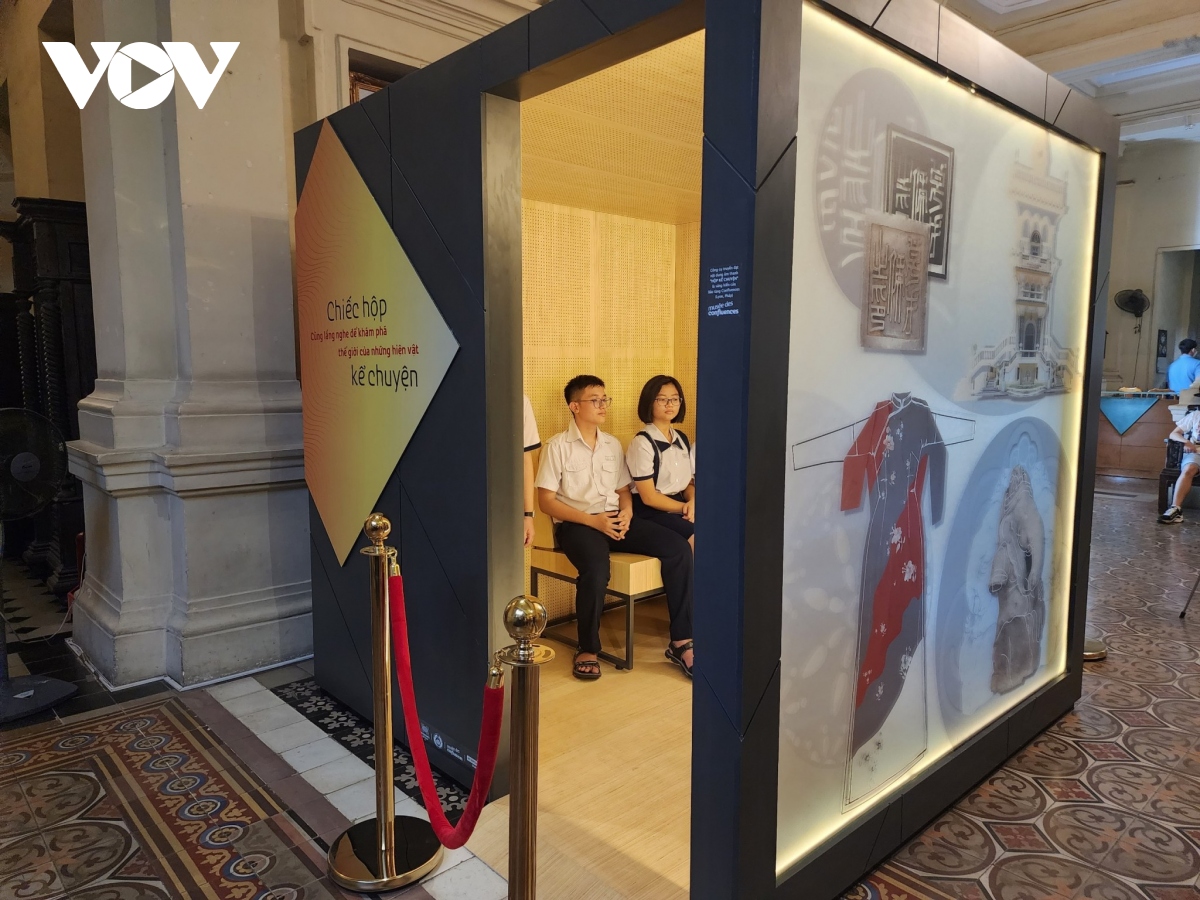
“Storytelling Box” is the latest digital transformation model applied at the Ho Chi Minh City Museum and the Southern Women's Museum from mid-July 2023. The combination of storytelling artifacts, lighting, gentle music , easy-to-understand, concise information, and easy access to visitors helps everyone understand information about the artifacts. Currently, a number of museums in Ho Chi Minh City are implementing this model and continuing to add documents, artifacts, interesting stories, and more ideas to maximize the value of artifacts and valuable documents.
In addition, some museums have stepped up cooperation with travel agencies and schools in the city to turn museums into cultural destinations in the itineraries of tourists and students, not only promoting the strengths of the museum but also promoting the country's culture and history.
Along with the story of renewing the way of displaying, the Visitor Center of Cuc Phuong National Park, Ninh Binh with the support of the Solidarity Fund for Innovation Projects of the French Ministry of Foreign Affairs (FSPI Project) has renovated into a completely new space, with many rich and creative artifacts, increasing interactivity and encouraging visitors to actively explore. After 6 months of operation, the new look of the visitor center has attracted more than 70,000 visitors to visit, experience and have many positive reviews about the new design and display.
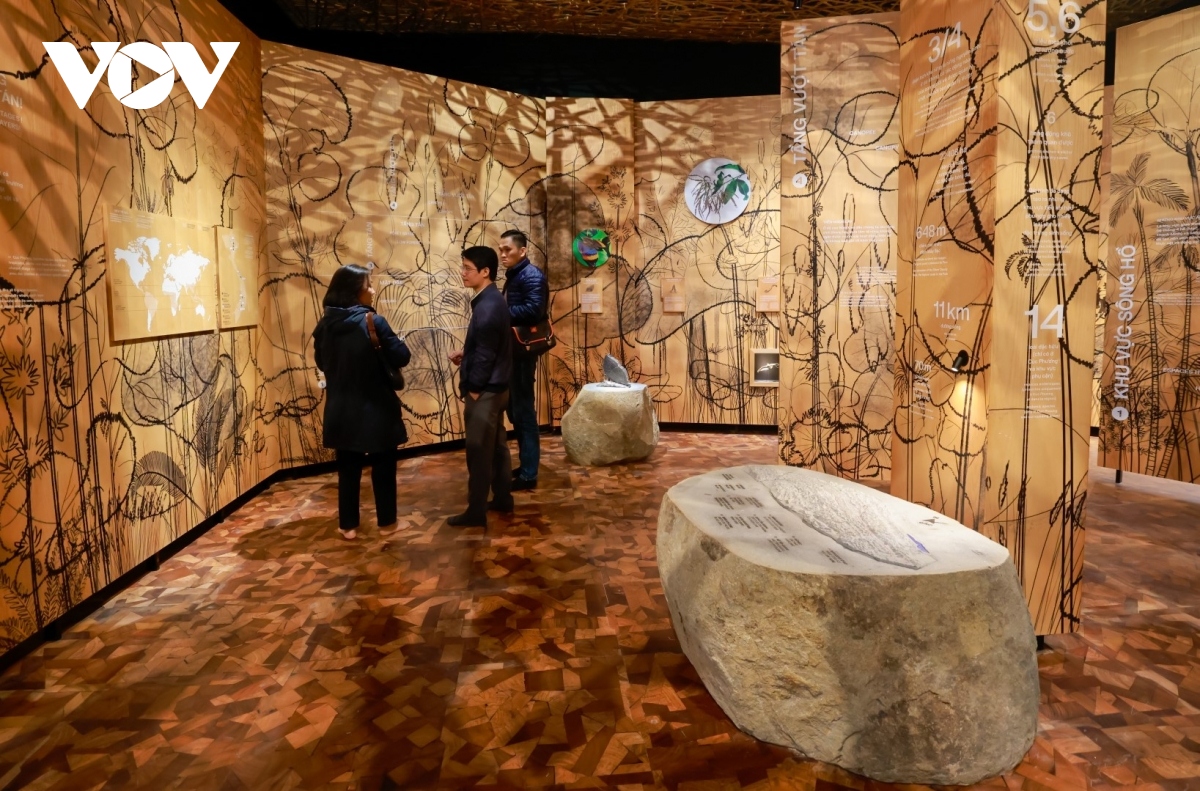
Mr. Do Hong Hai - Deputy Director of the Center for Environmental Education and Services of Cuc Phuong National Park said: “One special thing is that this place uses entirely local materials. For example, the stone floor in the visitor center is made of stone taken from Ninh Van commune, the famous stone village of Ninh Binh or the ceilings are made entirely of bamboo and wood, the wooden floor to help people visualize a carpet of fresh leaves in the forest. Currently, we are renovating the entire display area and the way it is displayed must have effects. For example, in the process of producing simulations of animals and plants, the French requested to take samples so that they could make 3D images of plastic, so that when tourists come in, it looks real. The second is through effects, lights, how to shine the light so that visitors can see it, it reflects the true characteristics of that species. The center also has bronze models that allow tourists to touch and feel”.
Not only changing the way of displaying or creatively designing artifacts to attract and increase interaction with visitors, some conservation areas are now investing and implementing unique and creative communication strategies to attract the attention of potential customers. In particular, social networks are an important tool, helping to connect directly with the online community and spread messages quickly.

Mr. Nguyen Van Vu - Deputy Director of Cu Lao Cham Marine Protected Area Management Board said: “We learned how to design and display specimens through images, especially introducing information that must be concise, concise and from the perspective of conveying information to both visitors and learners, not from the perspective of managers. We redesigned a completely new visitor center, with technical applications, materials, methods as well as communication information. In the near future, we will build a new communication center on nature conservation in Cu Lao Cham, like communication techniques through museums, the information needs to be concise, especially there must be highlights in each story, to impress visitors”.
The positive changes in museums, conservation areas... are the practical results of managers participating in the training program in the FSPI project of the French Ministry of Foreign Affairs. According to Mr. Olivier Brochet - French Ambassador to Vietnam, in order to continue transferring valuable professional experiences from France to promote the strengths of Vietnam's heritage, the fund will soon implement a new project.
“We have had discussions to prepare for future projects in the 2025-2026 period based on the development of the cooperative relationship from the FSPI project. Specifically, the project to introduce rivers in Hanoi and Ho Chi Minh City based on cooperation with the museum in Lyon, France. We can consider expanding the models we are implementing, to have more suitable communication methods for the public. For example, Hanoi has places with QR codes so that visitors can listen to information about pagodas or tourist attractions. Based on that model, we can promote and replicate the QR code model with cultural relics in Hanoi as well as other localities,” said Mr. Olivier Brochet.
To make historical artifacts and documents easily accessible to visitors, museum managers need to change the way they display them. Instead of passively providing and cramming information, combining digital transformation with sound and lighting systems will encourage initiative and arouse visitors' curiosity about the artifacts. Visiting museums will no longer require a tour guide, the visiting process will no longer be boring and passive, and visitors will explore and experience for themselves. To do this, museums still have to study, research, and have a long experimental journey. However, by daring to change and boldly improving, museums and conservation areas will make progress in the journey of promoting national heritage.
Source: https://vov.vn/du-lich/doi-moi-sang-tao-giup-cac-bao-tang-khu-bao-ton-thu-hut-khach-tham-quan-post1101763.vov




![[Photo] President Luong Cuong receives delegation of the Youth Committee of the Liberal Democratic Party of Japan](https://vstatic.vietnam.vn/vietnam/resource/IMAGE/2025/8/22/2632d7f5cf4f4a8e90ce5f5e1989194a)
![[Photo] Prime Minister Pham Minh Chinh chairs the conference to review the 2024-2025 school year and deploy tasks for the 2025-2026 school year.](https://vstatic.vietnam.vn/vietnam/resource/IMAGE/2025/8/22/2ca5ed79ce6a46a1ac7706a42cefafae)

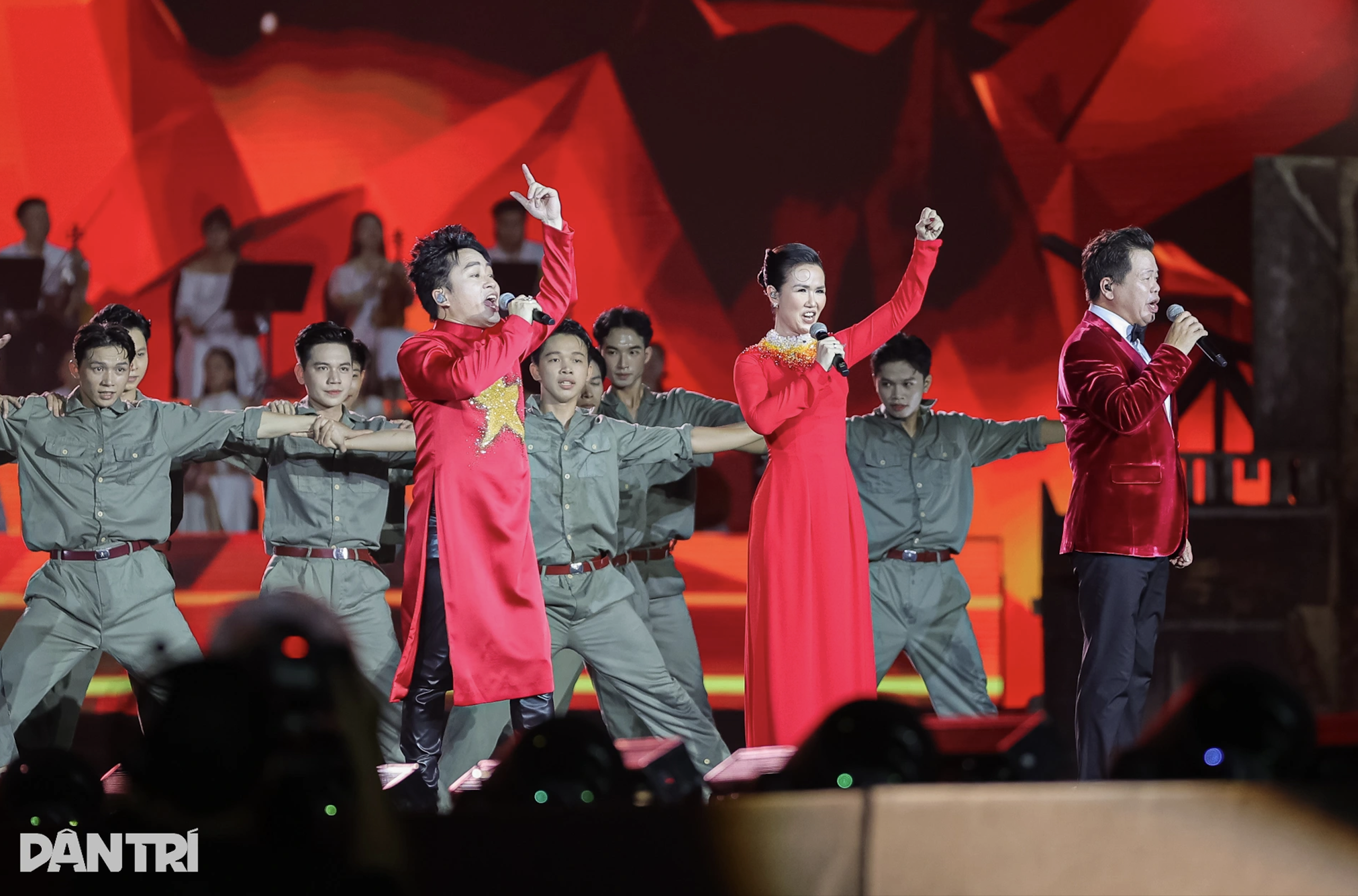

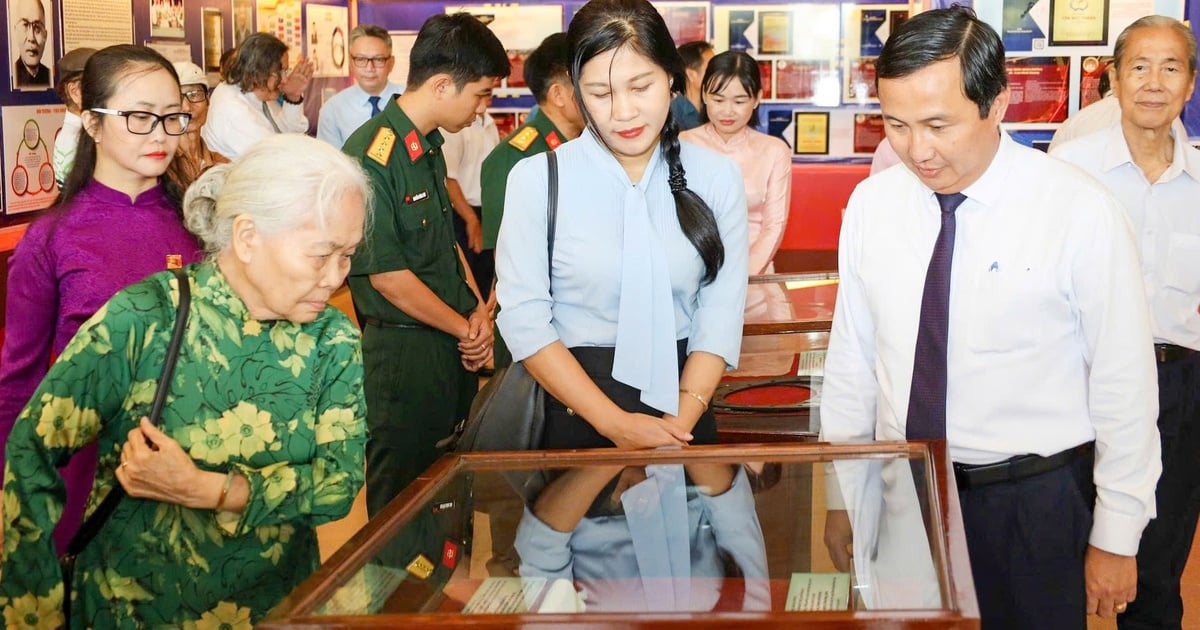

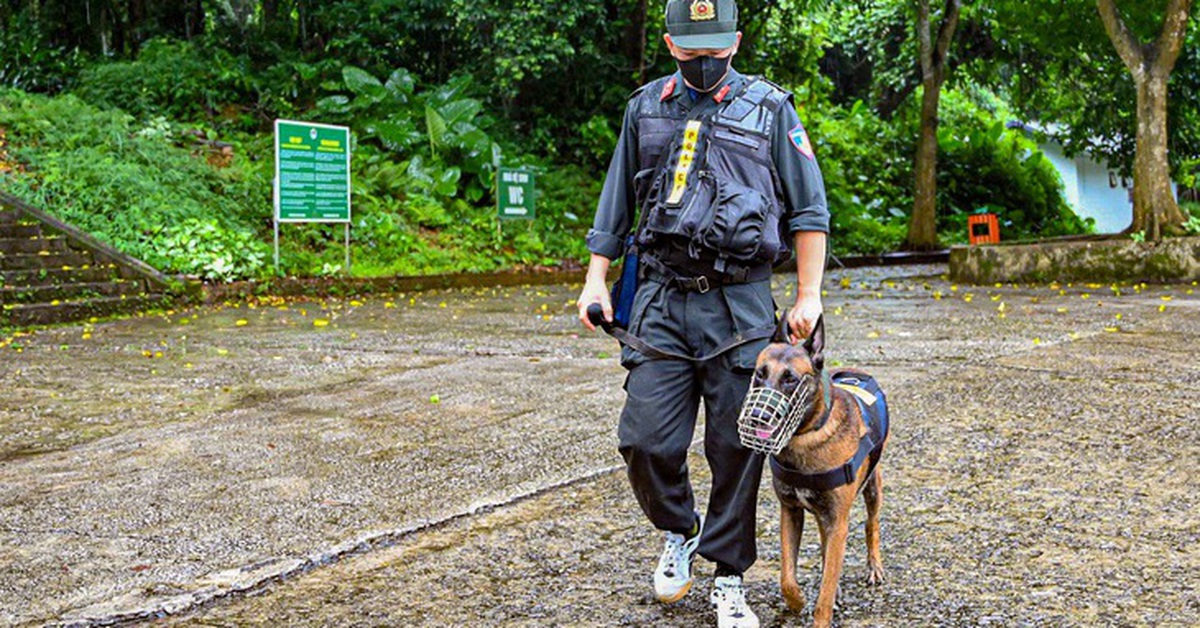

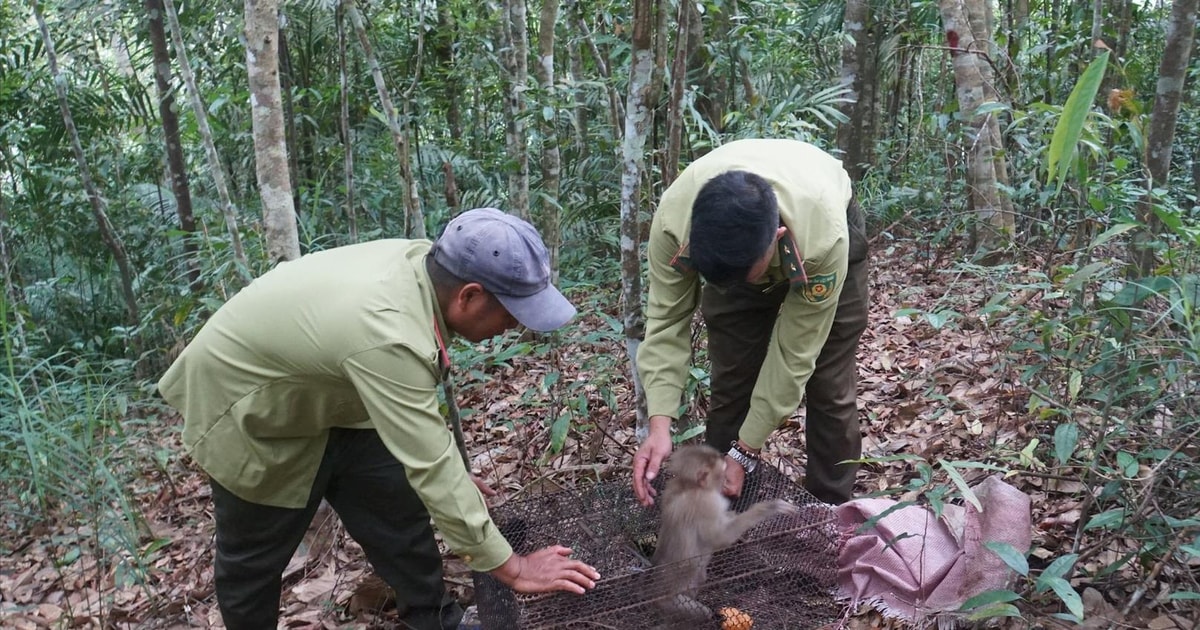

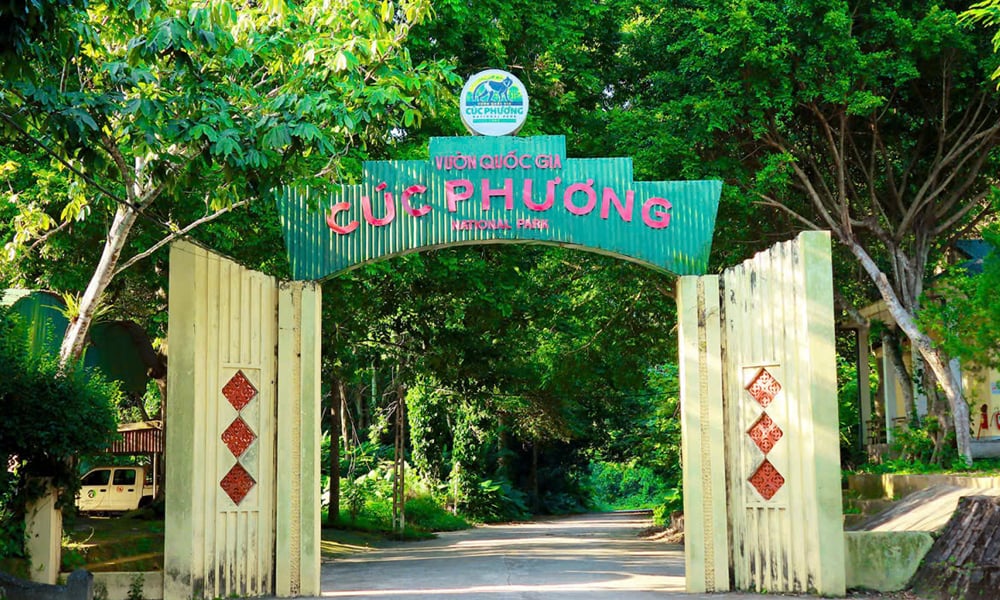

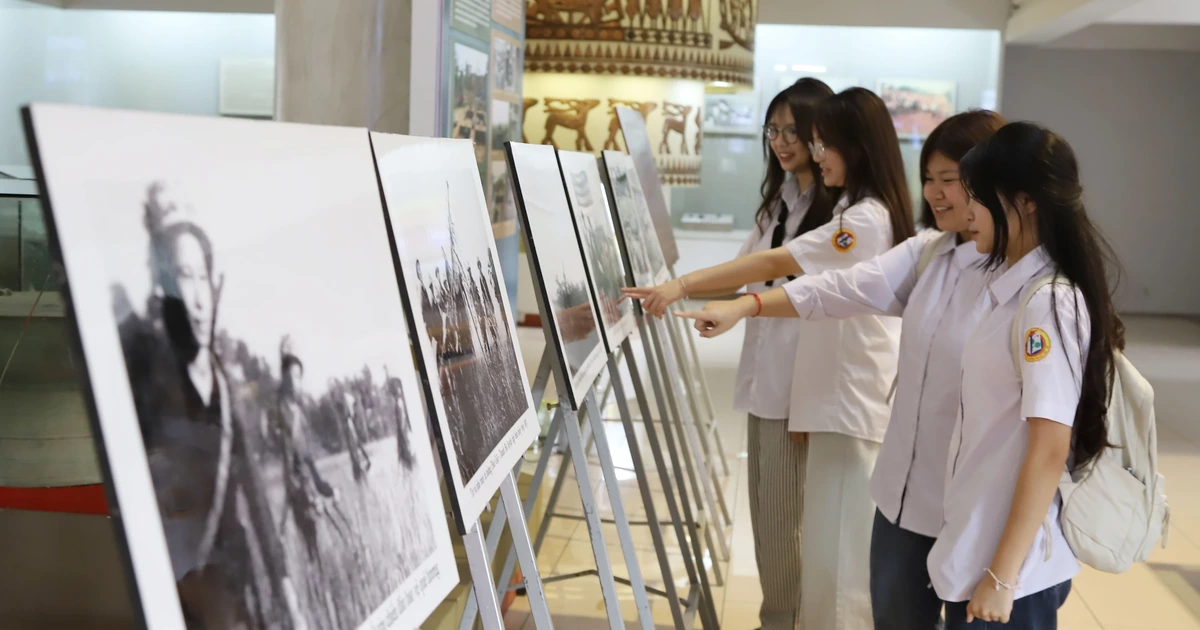

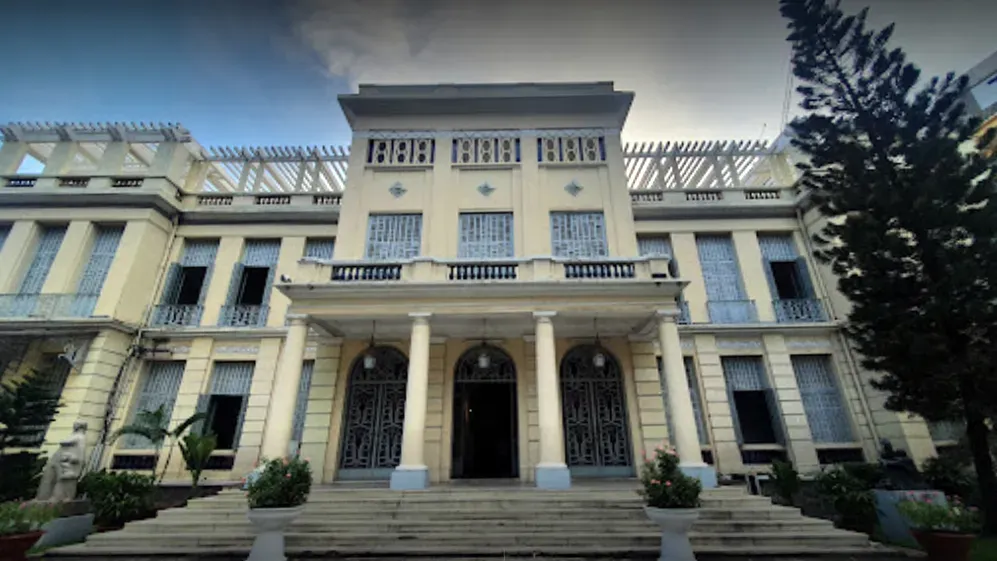

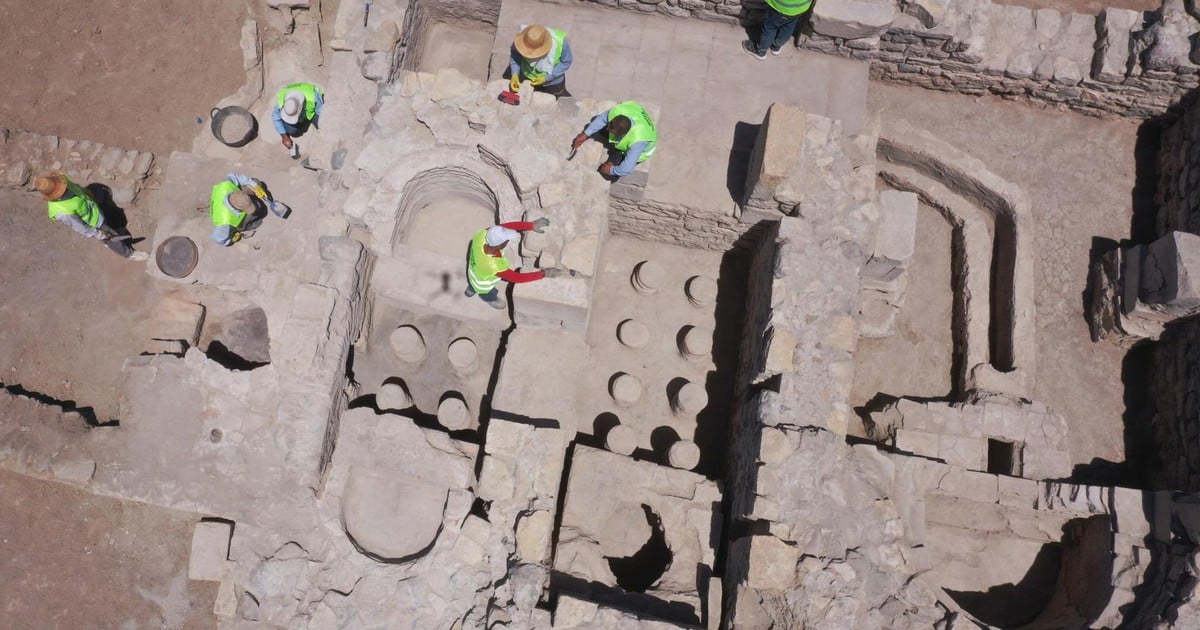
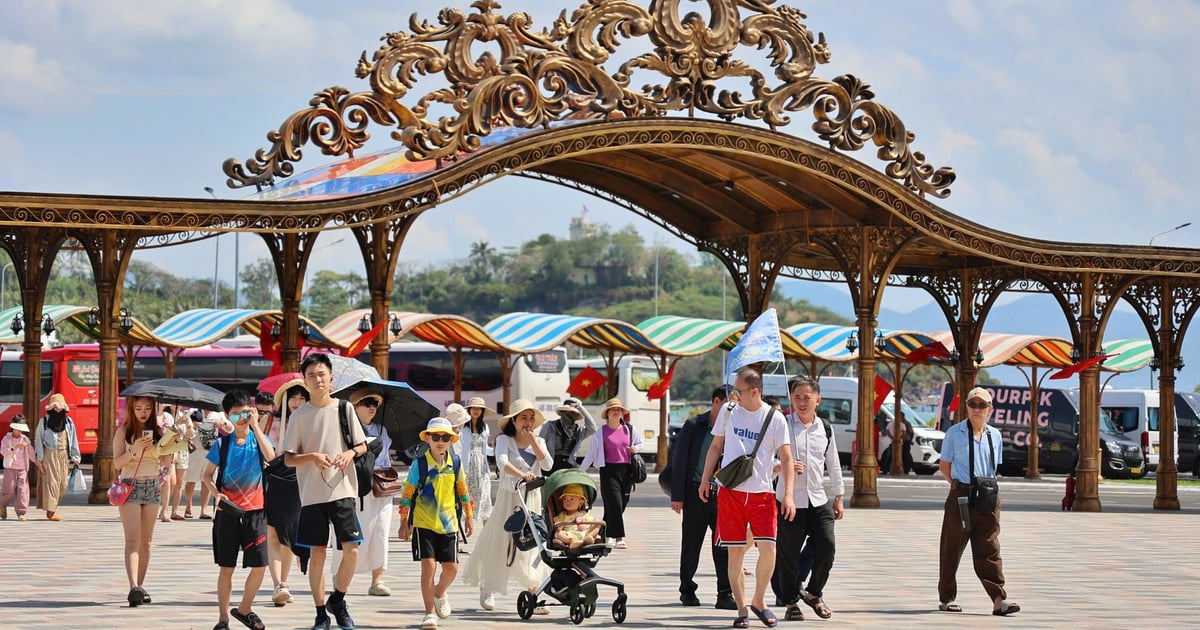
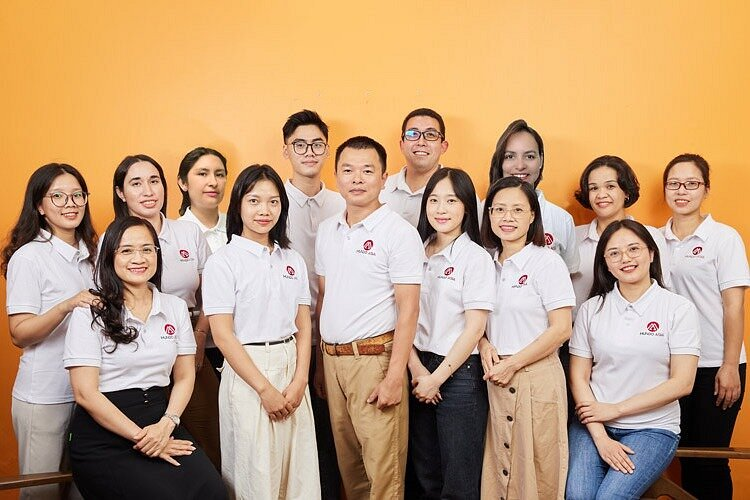
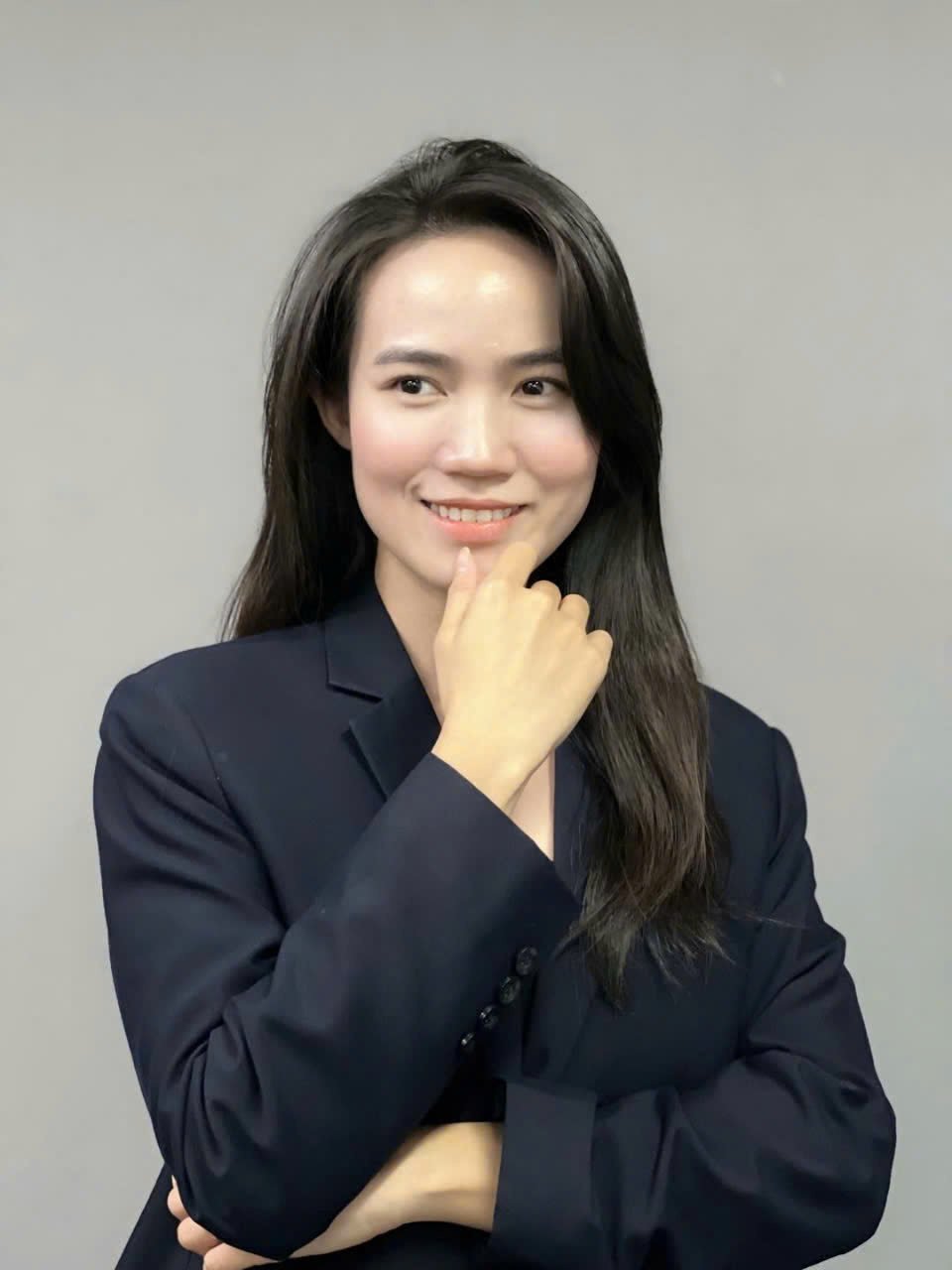
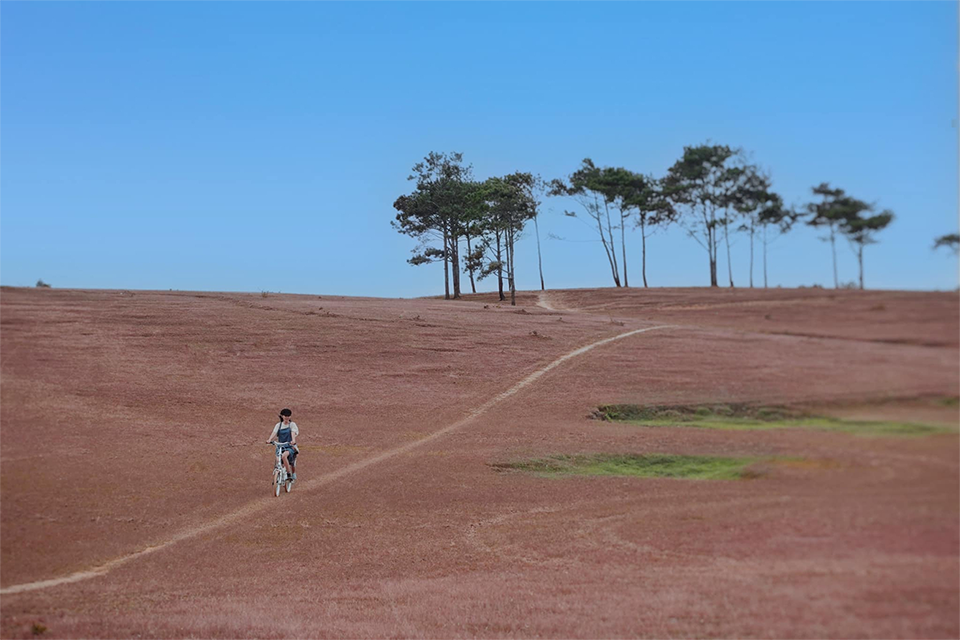





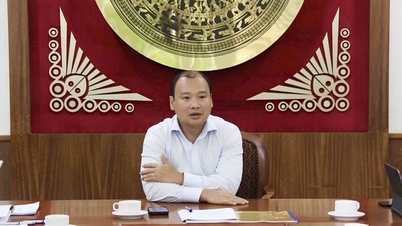
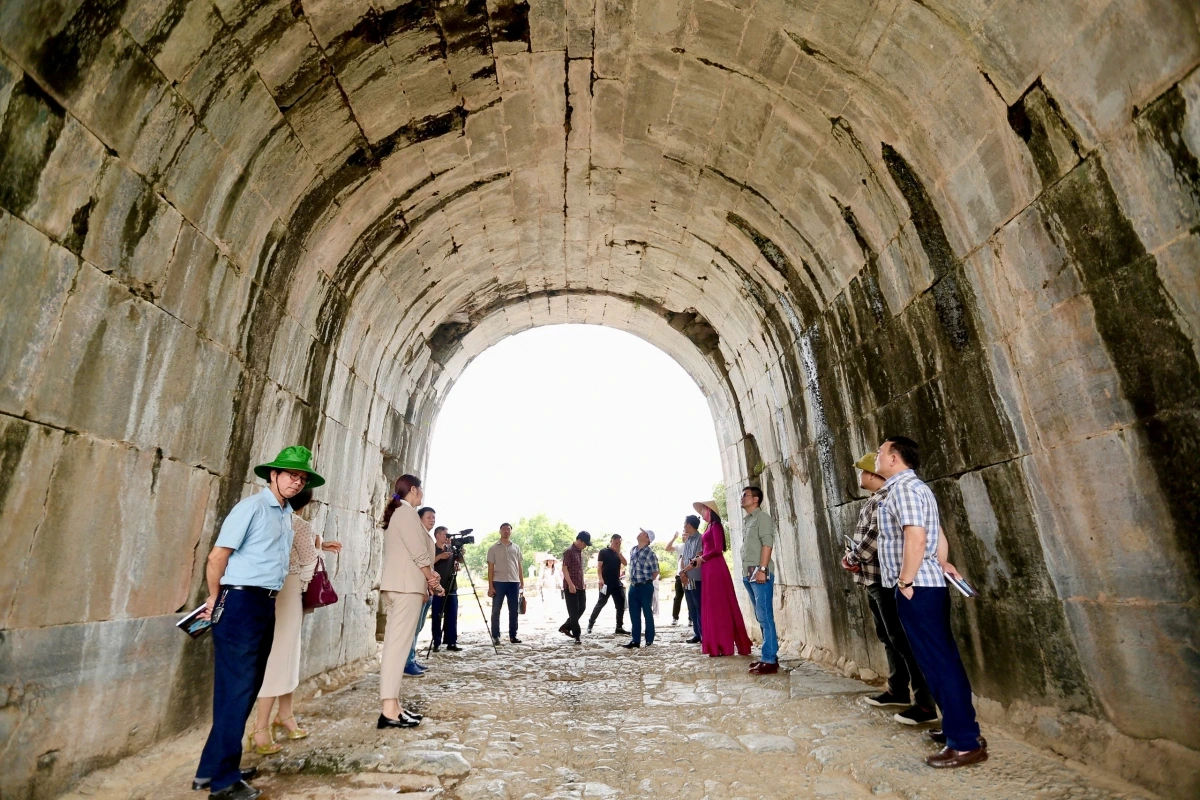
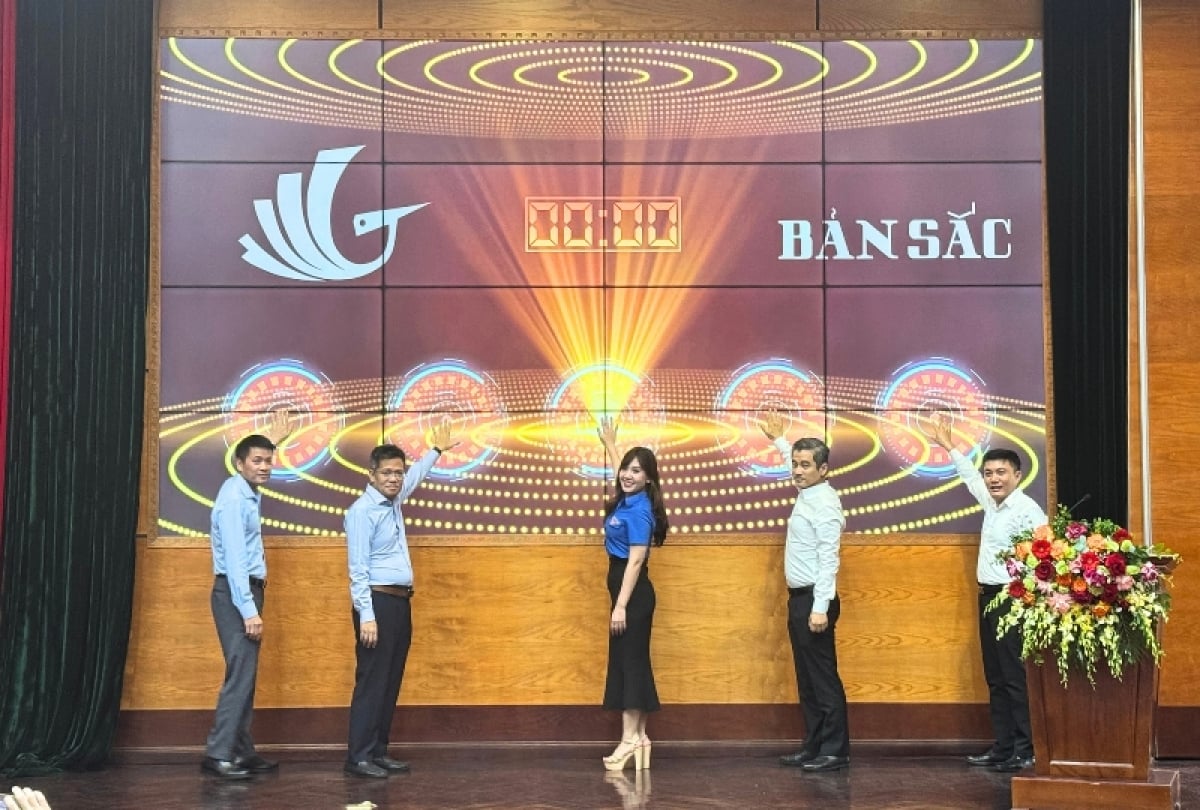

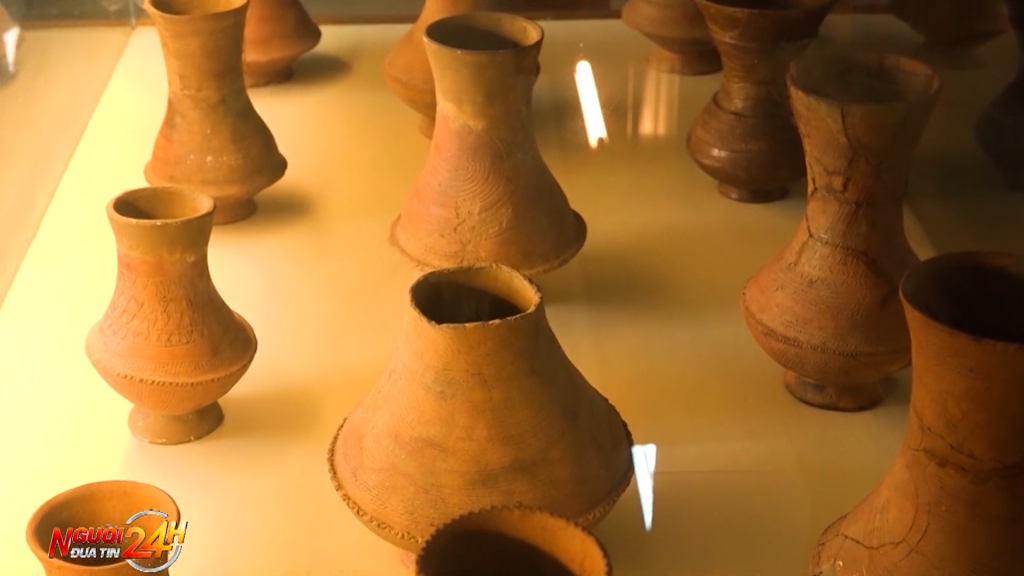



























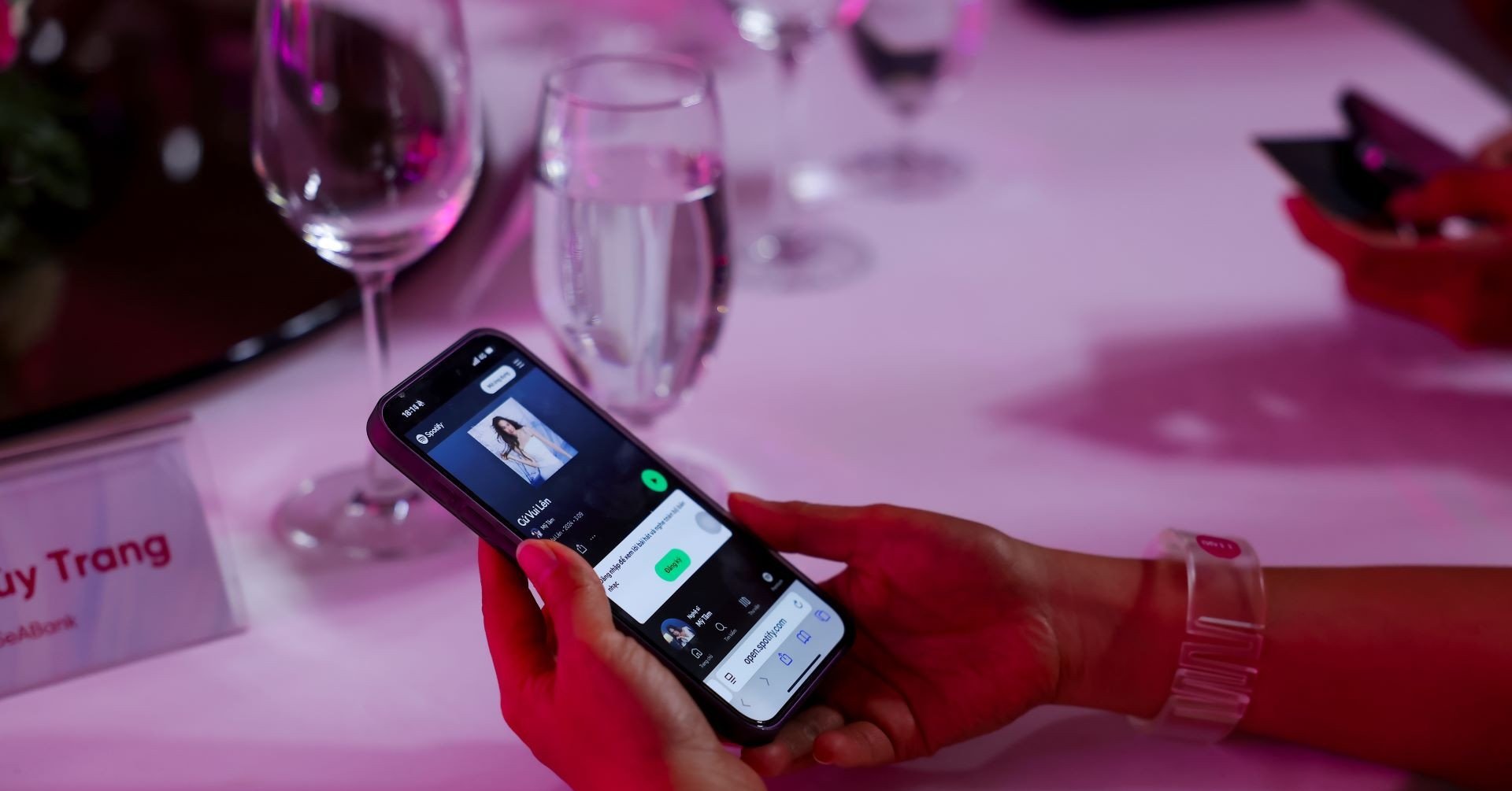







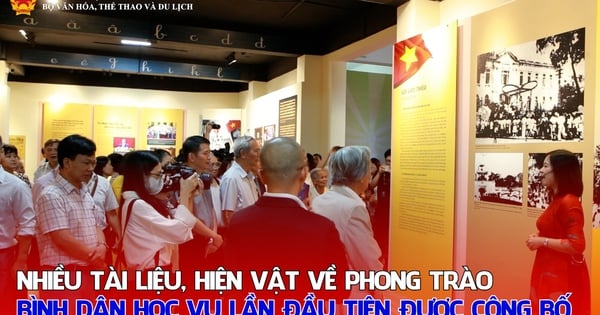

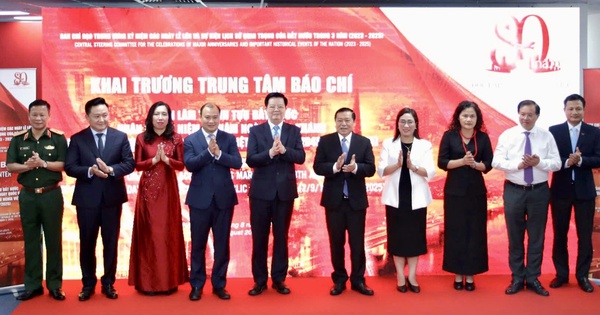
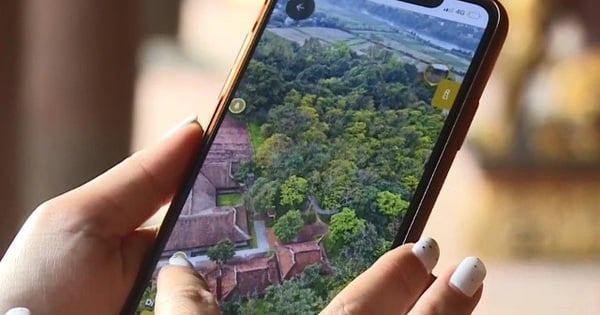
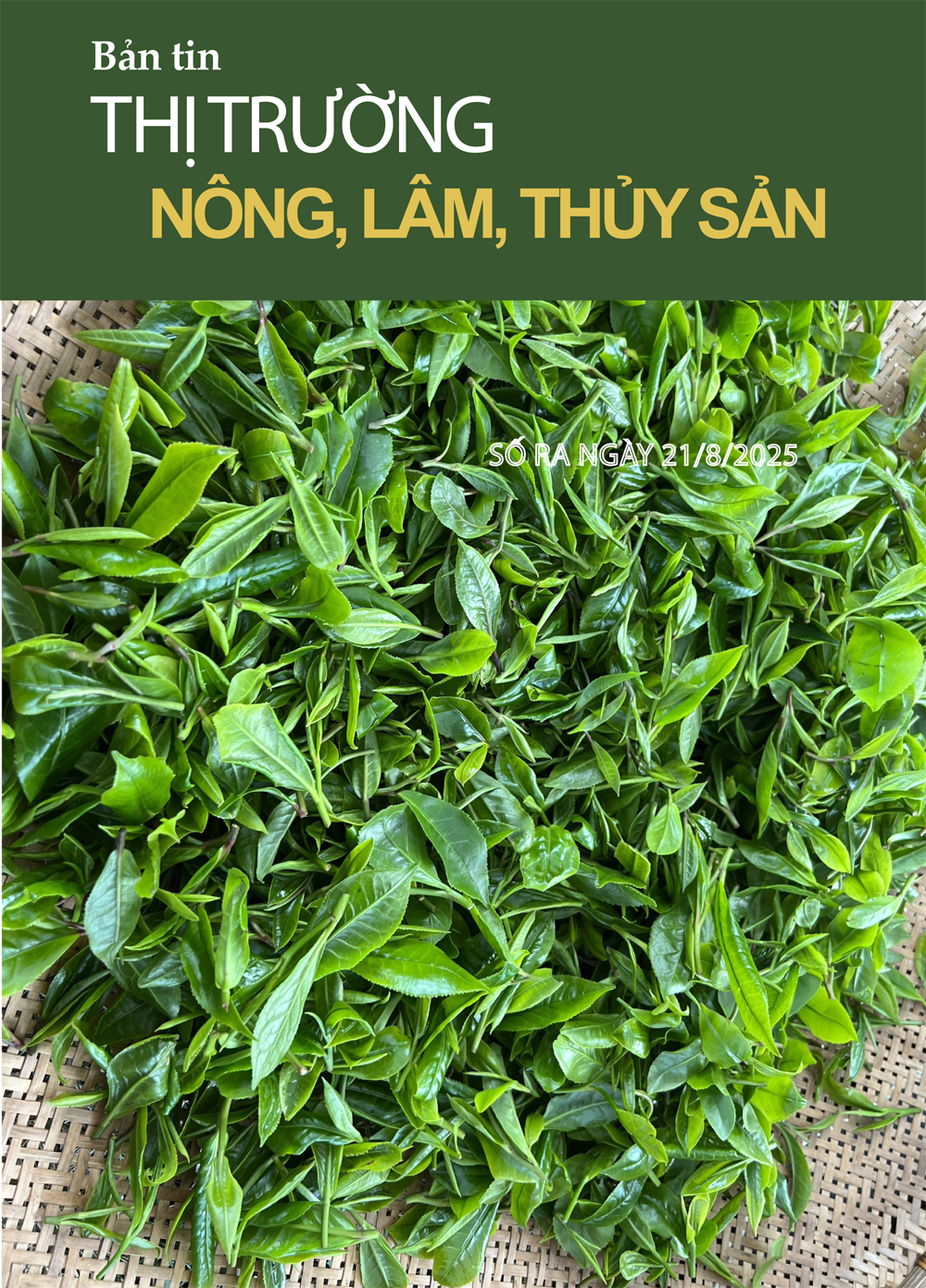


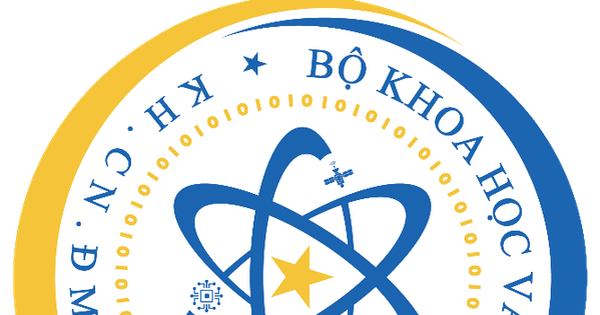


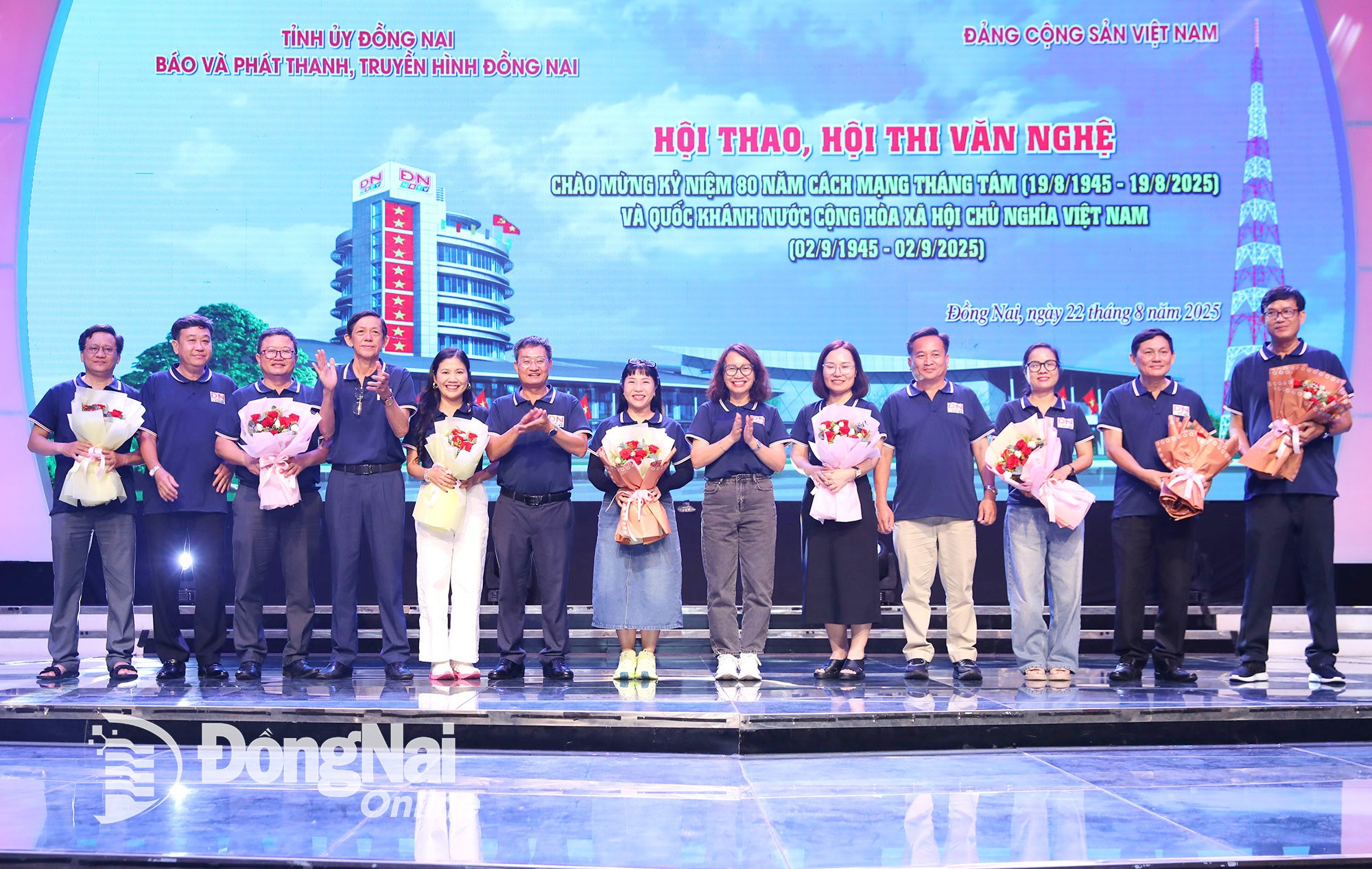

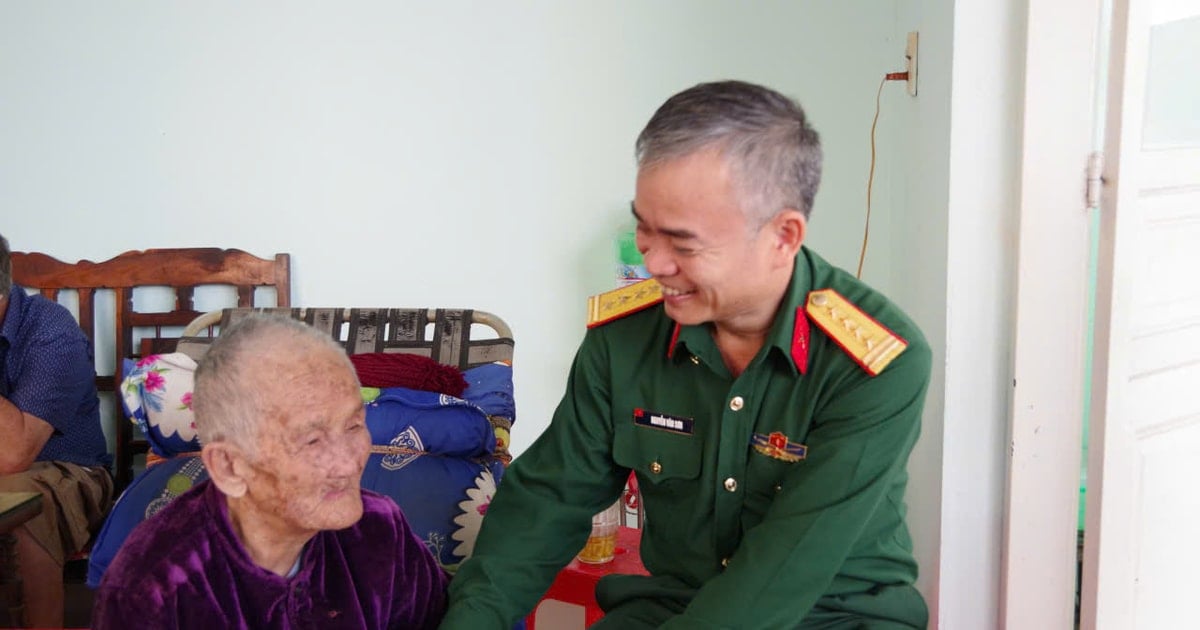
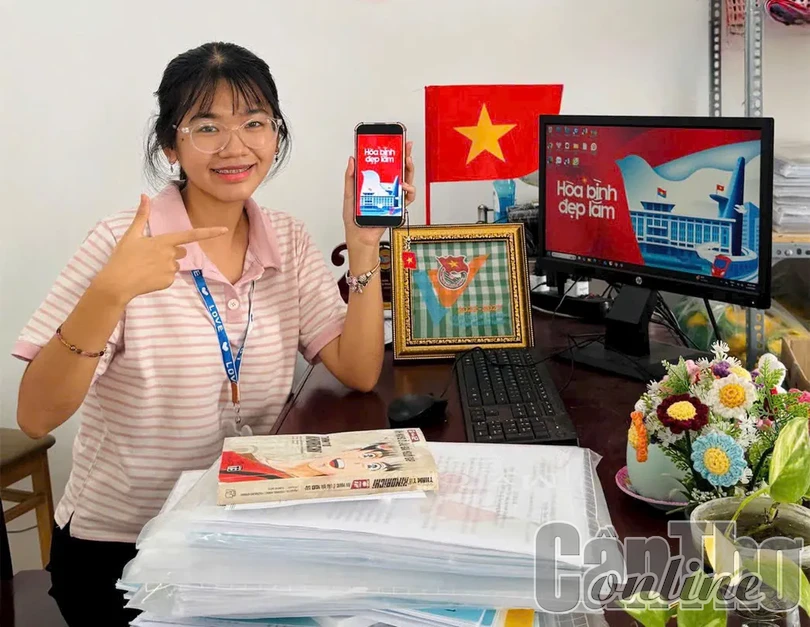

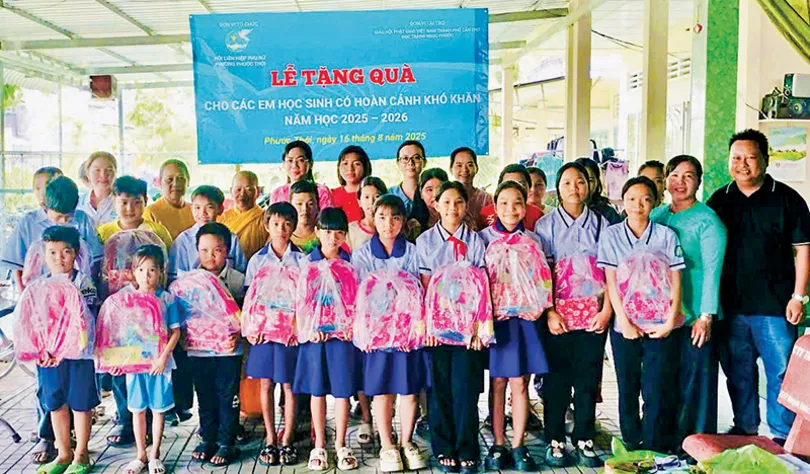
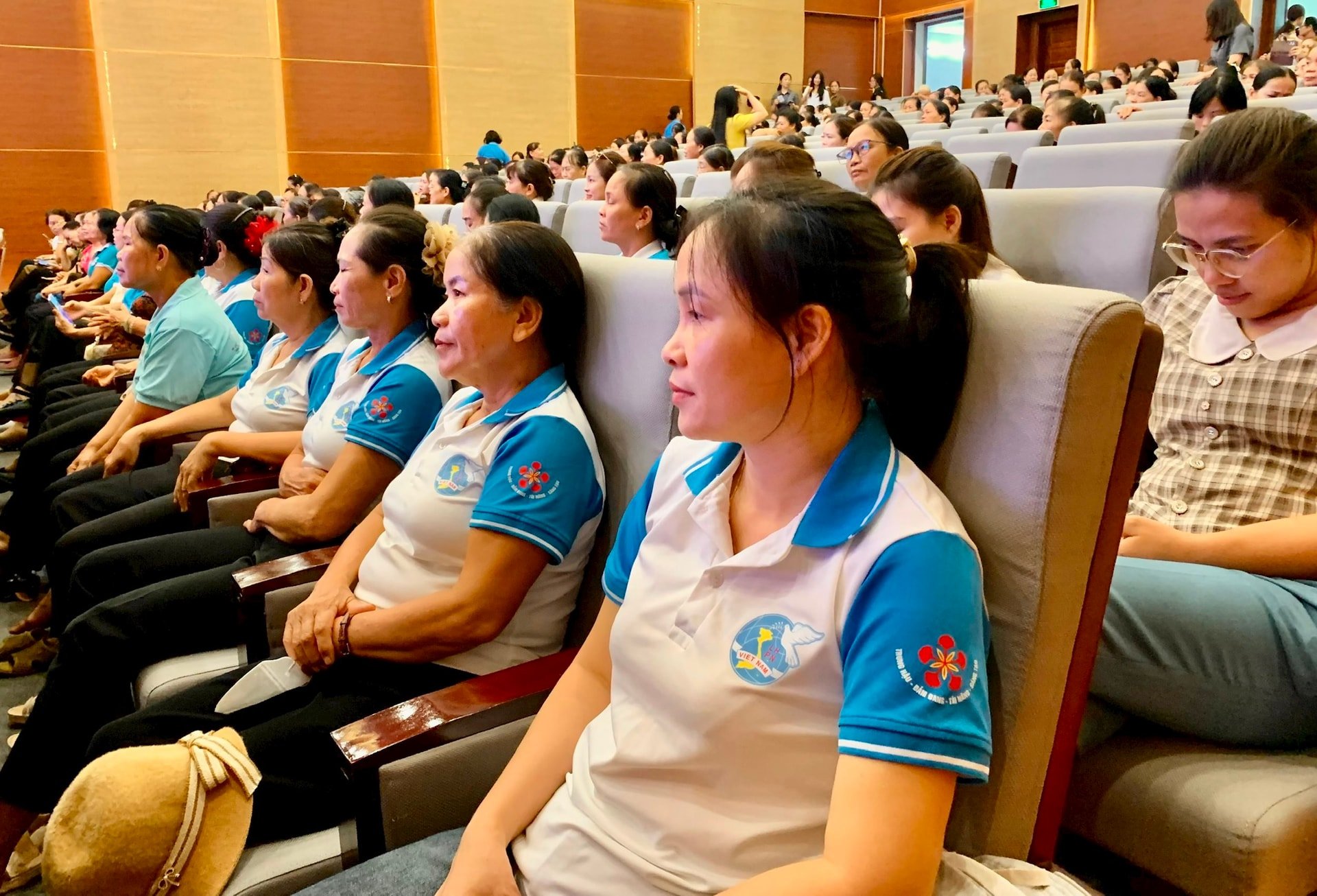














Comment (0)